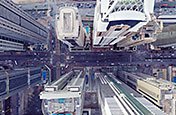Shooting scripts: Plan your film production.
Whether it’s for a Hollywood motion picture or just a short video, a shooting script is essential to filmmaking. Learn how to use one to ensure quality work.
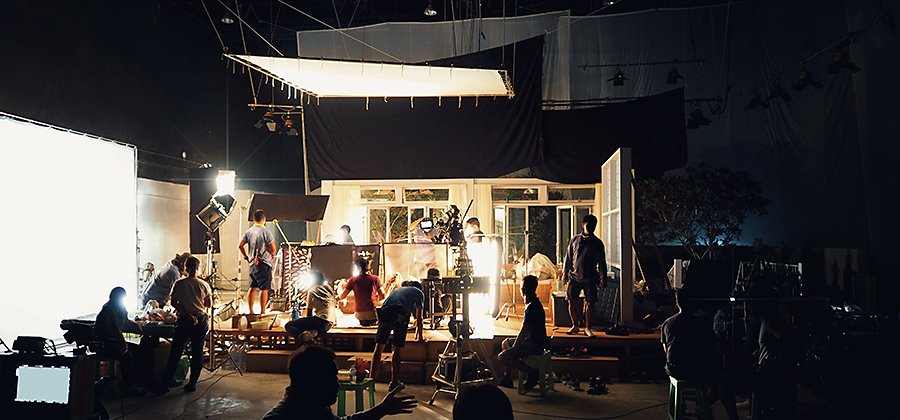
The purpose of a shooting script.
A shooting script is a key piece in the production of a motion picture. It’s a version of a screenplay that includes detailed cinematography instructions laid out in the order that they’ll be needed, such as certain camera shots, props, and locations. A shooting script is like a combination of a screenplay and a shot list.
It’s one thing to have an amazing story in place for your film, but a whole other set of information is needed for the production team to work together to realize that vision. “Teams have to be coordinated,” says writer and director Sam Roden. “I think that’s the main reason you have a shooting script.”
“It sets out a plan for how you’ll actually get the elements that you need to tell the story,” says videographer David Albright. “You’re looking for specific types of shots for the angles you want to get.”
The filmmaking journey from spec script to screenplay.
To explore a new story they’d like to tell, whether for an established show or for a new film idea, a screenwriter might write what’s called a spec script, a script they’re not being paid to write. If the project is approved or bought, the spec script enters the next screenwriting phase, in which the story is edited into the final screenplay.
And from screenplay to shooting script.
While a normal script or screenplay follows the narrative of the film, a shooting script is a whole new document adjusted to serve the needs of the production team throughout principal photography. It’s organized to follow the shooting schedule rather than the chronological story. For logistical and budgetary reasons, you’ll want to film certain scenes together even if they’re out of sync with the order of the narrative. And a shooting script provides the plan for exactly what to shoot when.
If you have a story that takes place in a house, then at a park, then at a school, then at the park again, and then back at the house, you want to capture all of the house scenes back to back. That way, sets and lighting don’t have to be taken down and then reconstructed again and again.
"Particularly if you have to deal with exteriors and uncontrollable natural light, you have to cater your day to when you need to be in different places,” explains digital producer Matt Monnin. “So a lot of thought goes into planning. And in bigger shoots, you use union talent and union crews. You pay people to be there, and you want to use them effectively.”
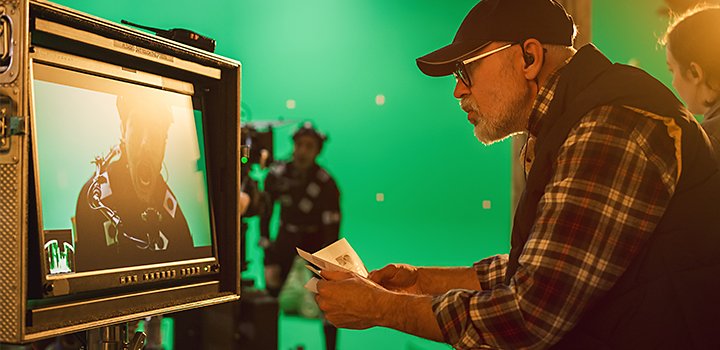
How to create a shooting script.
“To take a project from a screenplay to a shooting script is to continue to do the creative work,” says Roden. “The main point is to go through your script ridiculously carefully and make sure that there’s clarity on what you’ll do. And if any questions come up, those go through the director and cinematographer. It’s really about making sure everything’s well thought out before you show up to the shoot.”
The following steps are typically necessary to develop a shooting script:
1. Storyboard it: Create storyboards of the screenplay to help establish a visual style for your project.
2. Make a shot list: The director and cinematographer go through the screenplay and create a detailed list of every shot necessary for the production. The production director or AD (assistant director) decides the shooting order for everything.
3. Add every detail: Once a shot plan is created, everyone on your team, including the production designer, prop master, and costume designer, goes through the shooting script to make sure every piece of information needed to capture each shot is included.
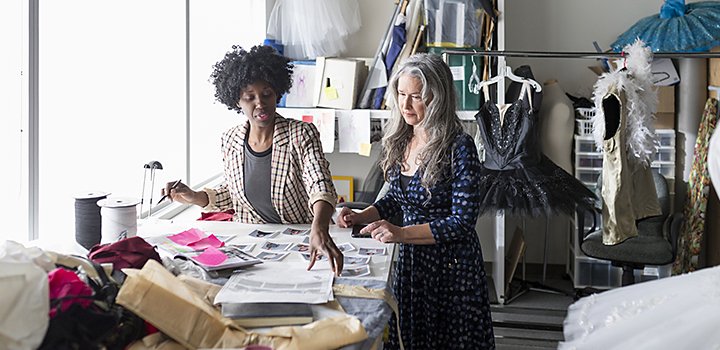
What details to include in your shooting script.
Formatting is ultimately up to you and depends on what works best for your team or production company. If you use screenwriting software, it may have a shooting script template you can use. Most likely, you’ll want to create a spreadsheet-style layout with a header row that labels each column of information. The information you include depends on the needs of your team but may include the following:
- Scene numbers: These are important to ensure every scene gets covered and will come in especially handy when editing starts. To break down smaller scenes within a scene, use the alphabet (e.g., Scene 1a, 1b, 1c, etc.).
- Camera shots: Include how many and which camera angles to use in each scene, what types of shots are needed (close-ups, medium shots, over-the-shoulder shots, POV shots, etc.), and any special information needed for those shots, such as lighting directions.
- What to film: Describe what’s to be shown in each shot, including the character names, what actions will occur, what objects or B-roll should be captured in each setting, and any desired acting notes.
- Sets and props: Name the location for each shot, list any special props or set decor involved, and make note of key costuming details.
- Special effects and stunts: Describe any stunts, special effects, or transitions that will occur during the filming or editing (fade-ins, cross dissolves, abrupt changes where you’ll cut to the next scene, etc.) and any special considerations needed to allow them to happen.
Editing systems for shooting scripts.
Big productions for feature films or television use a color-coded system for making edits. Since revisions will occur throughout the pre-production and production phases, this is a great way to make sure everyone knows where certain scenes are in the revision process. Pages will be printed on nine different colored papers to signify which stage of revision they’re in, and if there are more revisions, the color cycle repeats.
1. White: Unrevised.
2. Blue: First revision.
3. Pink: Second revision.
4. Yellow: Third revision.
5. Green: Fourth revision.
6. Goldenrod: Fifth revision.
7. Buff: Sixth revision.
8. Salmon: Seventh revision.
9. Cherry: Eighth revision.
Go from shooting script to polished project.
A detailed shooting script will help your shoot run smoothly because it’s like a blueprint for building your vision. Everyone on the production team can reference the shooting script as a source of truth for each day’s activities. And there’s no one this document is more important to than the script supervisor or whoever is in charge of checking that everything has been captured.
Use your shooting script to take notes as you film.
A script supervisor performs a key role when it comes to ushering the footage you get into its final form as a well-edited video or film. Even if you aren’t working on a big-budget production, it’s crucial to have someone perform this role. The script supervisor keeps an eye on what’s being shot, looks out for continuity issues with wardrobe and other items, and takes notes on the script as the shoot moves along.
Your script supervisor makes sure that each shot that’s needed is captured in a satisfactory way. And they keep notes about which takes have the best versions of certain lines or which scenes might require “pickups,” or reshoots, to blend one take into another.
“When I served that role, I would record notes like, ‘Take three was better than take two, but we need a pickup because they screwed up this one word. So we’re going to use take three with take four as a pickup starting at this point,” says Monnin. “You note all of that as you go to make sure that not only did you capture it, but you captured a good, usable version of it.”
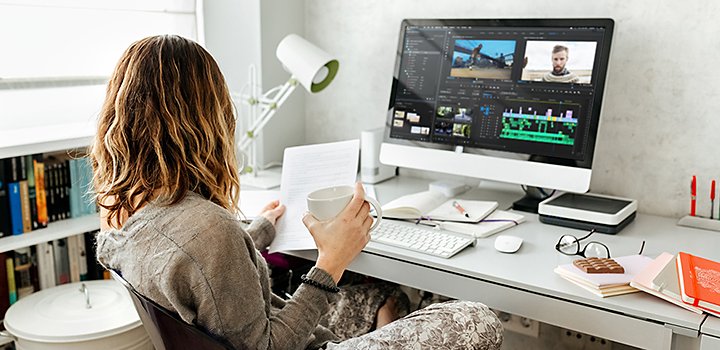
Edit your footage with your shooting script.
Thorough notes and a solid shooting script will make for a more streamlined editing process. As you or your editor cut together your footage in post-processing software like Adobe Premiere Pro, you can reference the correct narrative order using scene numbers. Then you can use the script supervisor’s notes to know which takes of each shot might be best.
Even if you’re a first-time filmmaker without a full production team, you can benefit from the use of a shooting script to organize your project.
“Some people think, ‘Oh, you just go shoot and then take what you get and turn it into something.’ But it doesn’t work that way,” says Albright. “You have to pick a focus ahead of time and figure out what you need to do to build your story before you start.”
Contributors
Do more with Adobe Premiere Pro.
Make visually stunning videos virtually anywhere — for film, TV and web.
You might also be interested in…
Establishing shots are crucial because they tell us where and often when, the action is happening.
Get B-roll footage that makes video editing easier and helps you to keep your audience engaged.
Discover the process of making a video or film, from first draught to final cut.
Discover the hidden world of Foley sound effects.
See how Foley artists create post-production sound effects and where it fits within sound design.
Get Adobe Premiere Pro
Create flawless productions with the industry-leading video editing software.
Free trial, then incl. GST

